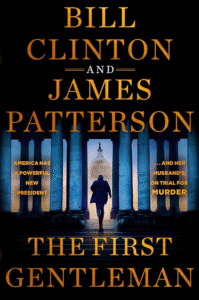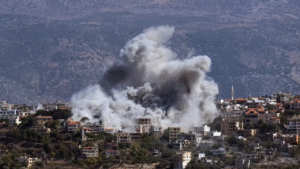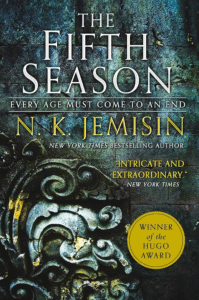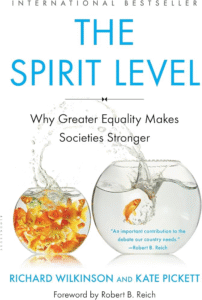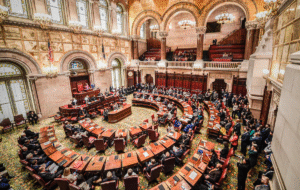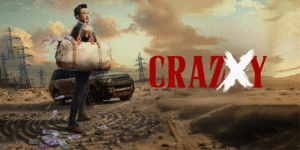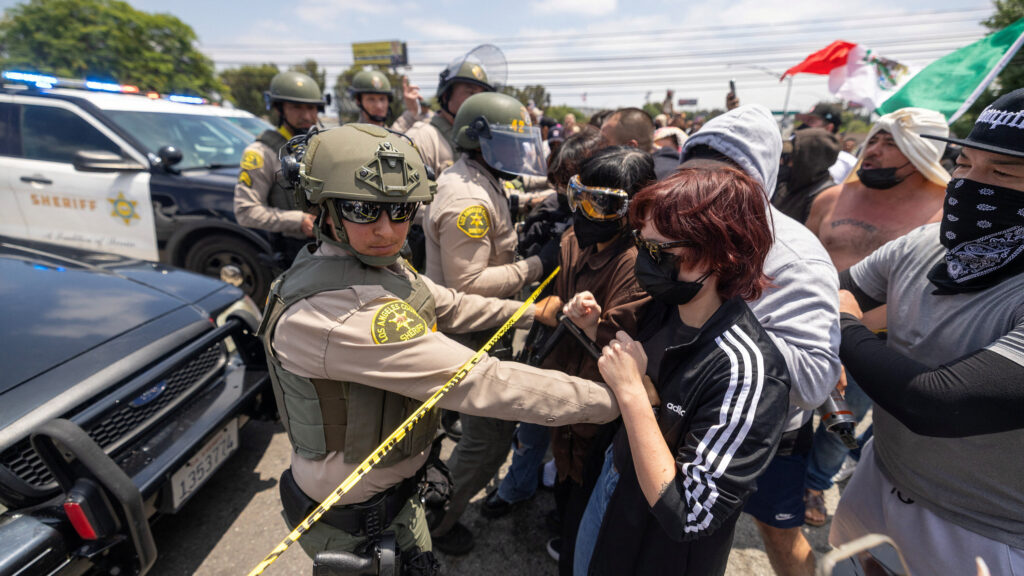A City on Edge: Federal Intervention and the Battle for Los Angeles
The Spark of Unrest: Immigration Sweeps and Public Outcry
The streets of Los Angeles are once again a crucible of dissent, ignited by intensified federal immigration sweeps that have propelled the city into a volatile standoff. Reports of tear gas deployed against protestors, coupled with the imposition of an emergency curfew in downtown LA, paint a grim picture of escalating tensions. The situation has been further exacerbated by President Trump’s declaration to “liberate” the city, a vow backed by the controversial deployment of additional National Guard troops and Marines. This federal intervention has not only inflamed local frustrations but also triggered a direct constitutional clash, with California Governor Gavin Newsom vehemently criticizing the federal response and a US judge denying the state’s bid for an immediate restraining order on the military presence. The unfolding events in Los Angeles represent a critical flashpoint, highlighting deep-seated divisions over immigration policy, federal overreach, and the fundamental rights of protest and governance.

The genesis of the current unrest lies in the aggressive federal immigration sweeps, which have undoubtedly instilled fear and anger within California’s diverse communities. Such operations, often perceived as targeting vulnerable populations, inevitably provoke a strong backlash, particularly in a state known for its progressive stance on immigration. The decision to employ tactics like tear gas against protestors, even if in response to perceived threats, serves only to escalate hostility and solidify public opposition. These measures transform peaceful demonstrations into confrontational battlegrounds, eroding trust between citizens and the authorities, and fueling the very unrest they aim to suppress. The use of force in response to civil disobedience often creates a dangerous feedback loop, where state power is met with increased resistance, pushing the situation further from resolution.
Presidential Pronouncements and Military Deployment
President Trump’s declaration to “liberate” Los Angeles, followed by the deployment of federal troops, marks a profound escalation in an already tense environment. The rhetoric of “liberation” suggests a hostile takeover, implying that the city’s governance or its residents are somehow under duress from within, rather than expressing legitimate grievances. Such language, coupled with the military presence, transforms a local issue into a federalized conflict, bypassing traditional avenues of state and local law enforcement. This move raises significant questions about the principle of federalism, the division of power between the central government and individual states, and the appropriate use of military assets in domestic civil matters. The deployment of Marines, typically reserved for foreign combat zones, sends a chilling message about the perceived severity of the situation and the administration’s willingness to employ extreme measures.
The State vs. Federal Showdown: Newsom’s Stance and Legal Battles
California Governor Gavin Newsom’s sharp condemnation of the federal response underscores the fundamental disagreement over jurisdiction and authority. Newsom’s criticism reflects a broader concern about federal encroachment on state sovereignty, particularly when it involves actions that impact the welfare and rights of California’s residents. The state’s immediate legal challenge, though unsuccessful in securing an immediate restraining order, highlights the desperate attempt to assert control and protect its citizens from what it views as an overzealous and unwarranted federal intervention. This legal battle is not merely procedural; it is a profound struggle over constitutional interpretation and the balance of power within the American system of governance.
Los Angeles as a Microcosm: Broader Implications
In essence, the crisis in Los Angeles is a microcosm of larger national debates. It is a city on edge, grappling with the immediate consequences of federal policy and the heavy hand of military deployment. The protests are not just about immigration; they are about civil liberties, the right to assembly, and the autonomy of state governments. As tear gas hangs in the air and military boots patrol city streets, Los Angeles has become a poignant symbol of a nation grappling with its identity, its values, and the precarious balance between order and freedom. The resolution of this standoff, both on the streets and in the courts, will undoubtedly set a significant precedent for the future of federal-state relations and the handling of domestic dissent in the United States.

